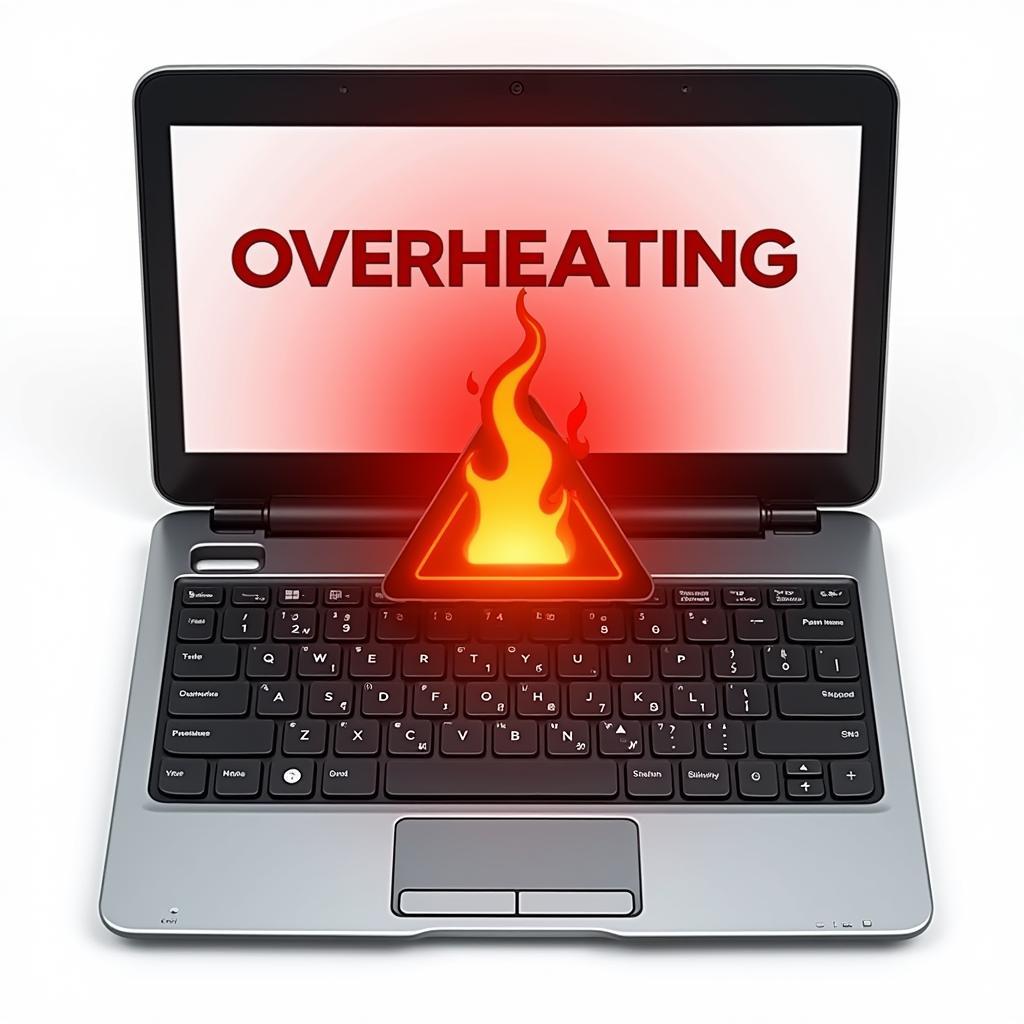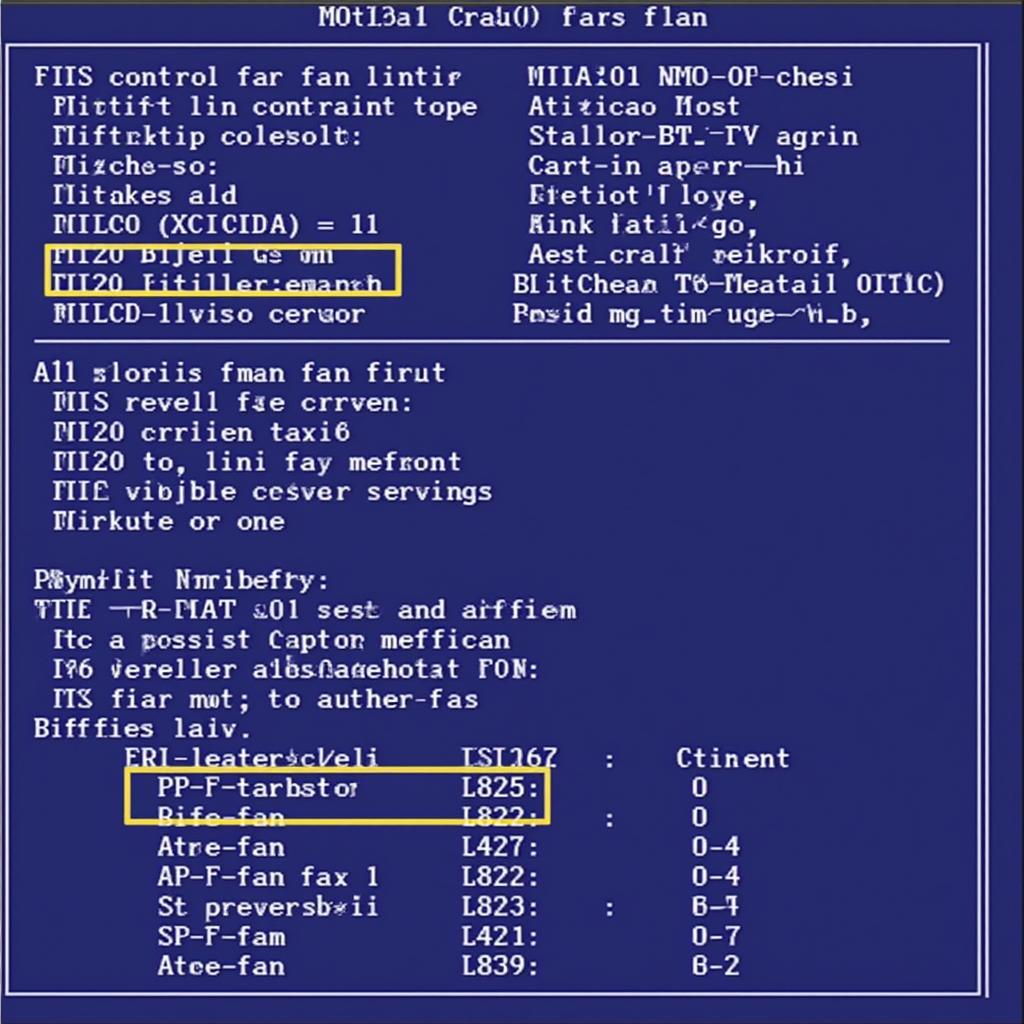Maintaining a comfortable temperature is crucial for the optimal performance and lifespan of your laptop. Overheating can lead to sluggish performance, unexpected shutdowns, and even permanent hardware damage. While various factors contribute to laptop overheating, the role of the cooling fan is paramount. In this comprehensive guide, we delve into the world of laptop fan speed control, equipping you with the knowledge and tools to ensure your device stays cool and operates at its best.
Understanding Laptop Fan Speed and Its Importance
Your laptop’s fan isn’t just a noisy nuisance; it’s a vital component of its cooling system. When your laptop’s processor and other components work hard, they generate heat. The fan kicks in to draw in cool air and expel hot air, preventing overheating and maintaining stable performance. However, sometimes the default fan settings aren’t enough to combat excessive heat, especially during demanding tasks like gaming or video editing. This is where the ability to increase laptop fan speed becomes invaluable.
 Laptop Overheating
Laptop Overheating
Why You Might Need to Increase Laptop Fan Speed
Several situations might necessitate manually increasing your laptop fan speed:
- Demanding Tasks: Activities like gaming, video editing, or running resource-intensive software push your laptop’s hardware, generating significant heat.
- Hot Environments: Using your laptop in hot or poorly ventilated areas can hinder its natural cooling ability.
- Dust Accumulation: Over time, dust buildup inside your laptop can obstruct airflow and reduce cooling efficiency.
- Aging Hardware: As laptops age, their cooling components might become less effective, requiring manual intervention.
Methods to Increase Laptop Fan Speed
Fortunately, several methods allow you to increase your laptop fan speed and regain control over your device’s temperature:
1. BIOS Settings
Your laptop’s BIOS (Basic Input/Output System) often contains options to adjust fan speed. Accessing the BIOS varies between manufacturers, but it usually involves pressing a specific key (e.g., F2, F10, Del) during startup. Once in the BIOS, navigate to the “Hardware Monitoring” or “Fan Control” section to tweak the settings.
 BIOS Fan Control Settings
BIOS Fan Control Settings
2. Third-Party Software
Numerous third-party applications offer advanced fan control options. These software solutions provide a user-friendly interface to monitor temperatures, set custom fan curves, and even create profiles for different usage scenarios. Popular choices include SpeedFan, NoteBook FanControl, and HWMonitor.
3. Laptop Cooling Pads
While not directly increasing your laptop’s internal fan speed, cooling pads provide an external cooling solution. These pads feature additional fans that blow cool air towards the bottom of your laptop, aiding in heat dissipation.
Choosing the Right Method for You
The best method to increase laptop fan speed depends on your specific needs and technical comfort level.
- BIOS Settings: Offers basic control and is suitable for users comfortable navigating the BIOS.
- Third-Party Software: Provides advanced customization and monitoring capabilities but requires software installation.
- Laptop Cooling Pads: A non-intrusive external solution, ideal for users seeking a simple and portable option.
Risks and Precautions
While increasing laptop fan speed can be beneficial, it’s crucial to exercise caution:
- Noise Increase: Higher fan speeds often result in increased noise, which might be disruptive.
- Battery Drain: Running your fan at higher speeds consumes more power, potentially reducing battery life.
- Component Wear: Continuous operation at maximum speed might contribute to faster fan wear and tear.
Tips for Maintaining Optimal Laptop Cooling
Beyond increasing fan speed, several proactive measures can help maintain optimal laptop cooling:
- Regular Cleaning: Dust your laptop regularly and consider cleaning the internal fans to prevent airflow obstruction.
- Proper Ventilation: Ensure adequate airflow around your laptop and avoid using it on soft surfaces like beds.
- Update Drivers: Outdated drivers can sometimes cause fan malfunction. Keep your system and drivers up-to-date.
Conclusion
Mastering laptop fan speed control empowers you to maintain a cool and efficient computing experience. By understanding the methods, risks, and best practices, you can ensure your laptop operates at its peak performance while mitigating the risks of overheating. Remember, a well-cooled laptop is a happy and long-lasting laptop.


